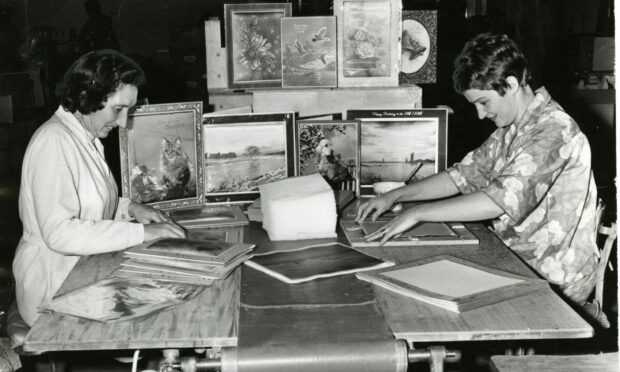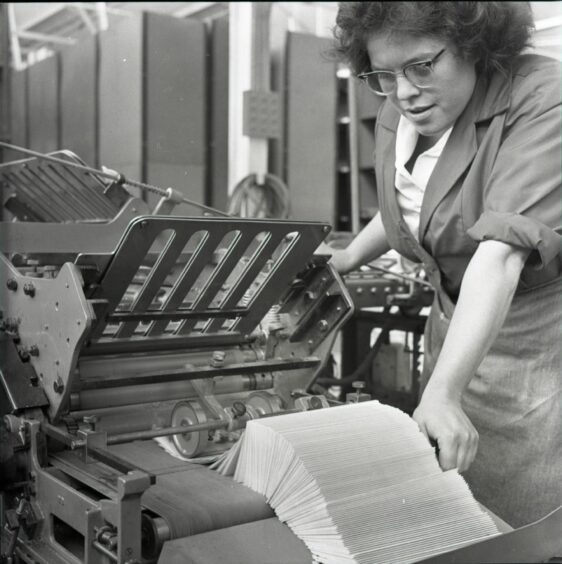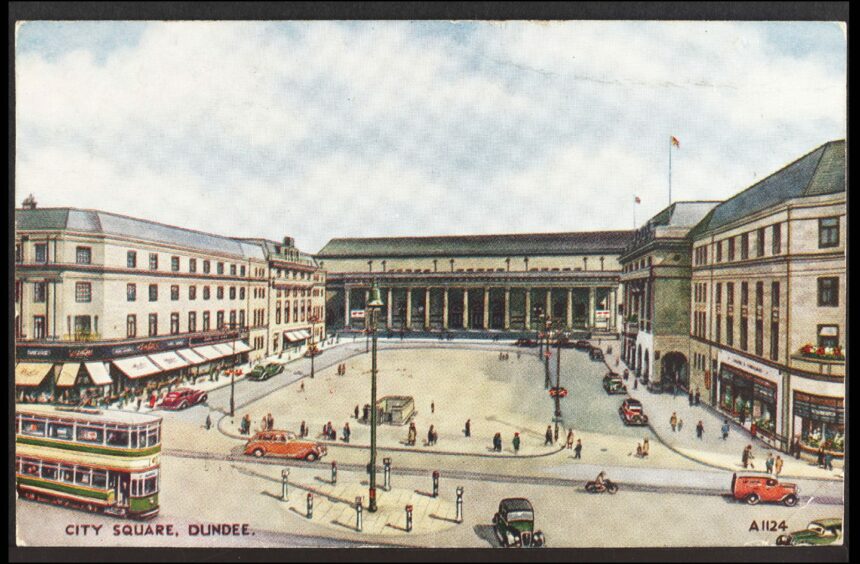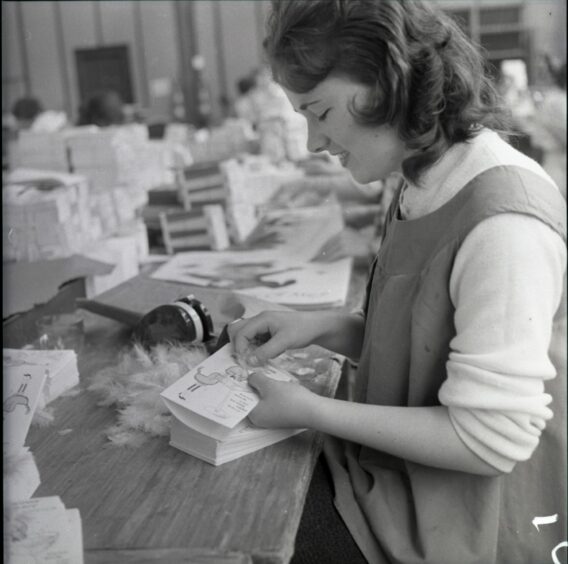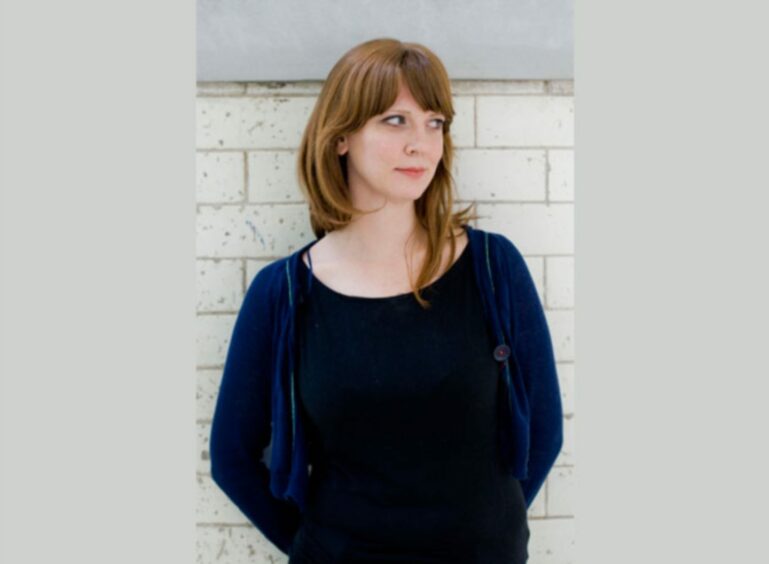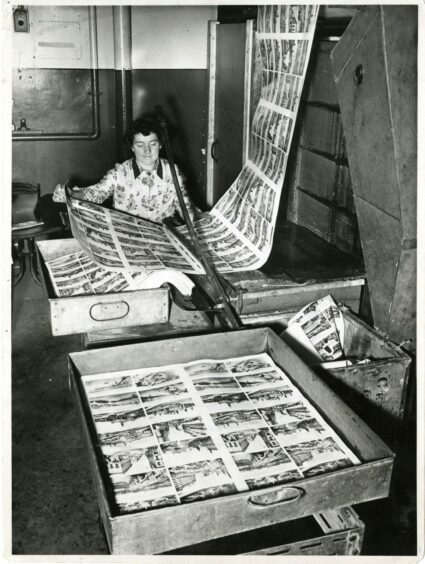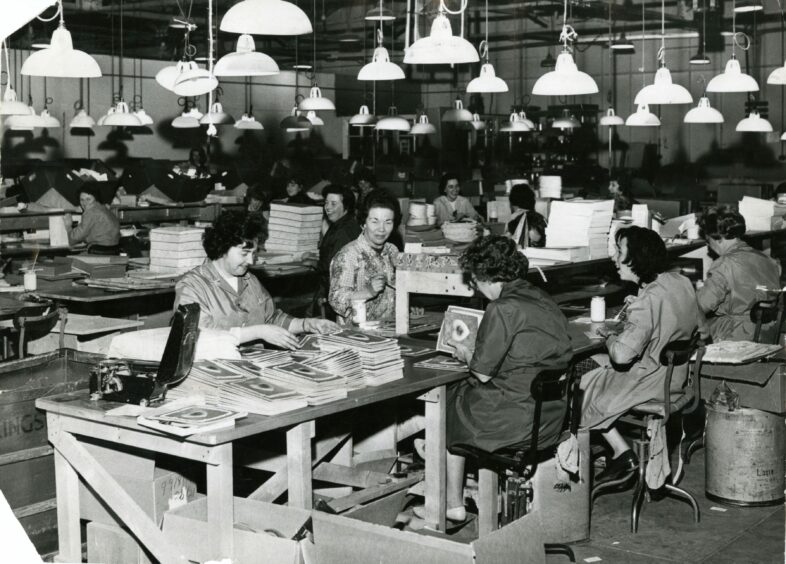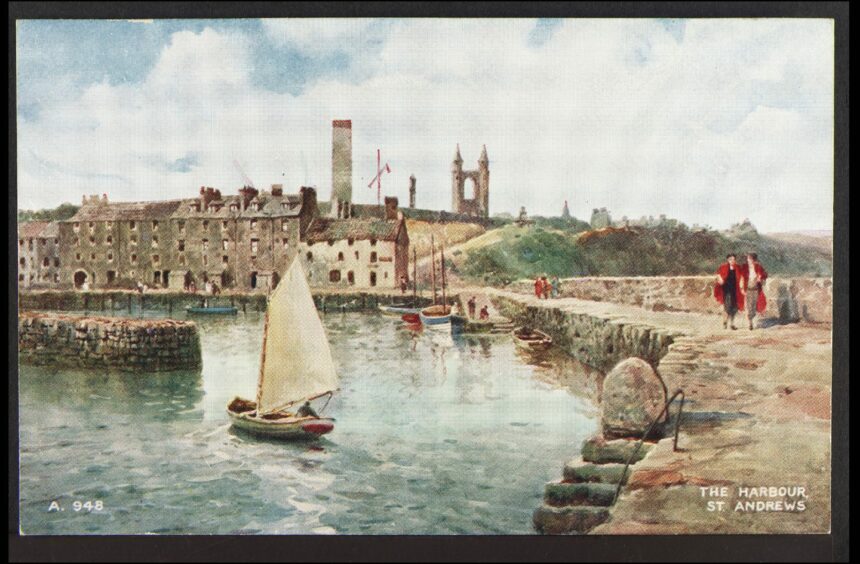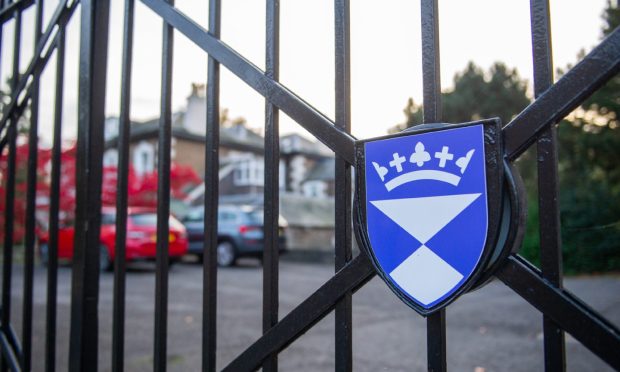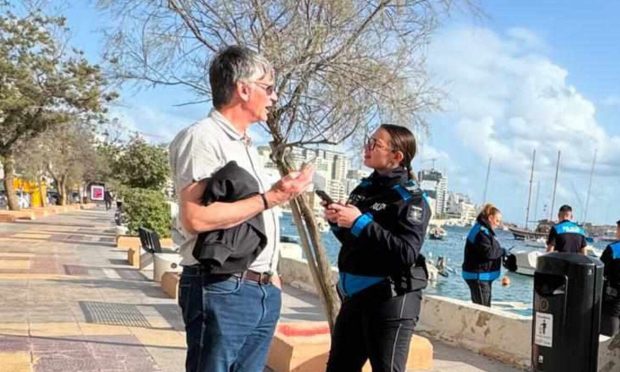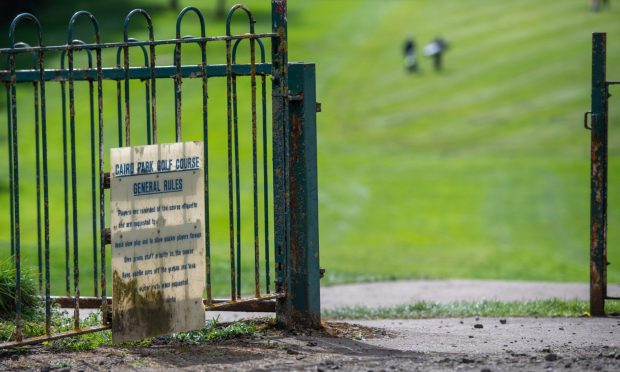Are you an female ex-employee of Valentines in Dundee?
Were you one of the many women who worked in the Valentines postcard factory on Kingsway?
If so, the organisers of a forthcoming exhibition at V&A Dundee would love to hear from you.
In particular, they’d love to hear what your job was, what you did each day, and what the experience was like.
They’d also like to hear about the role Valentines played in your life and how the firm is remembered across the city to this day.
Dundee success story
J. Valentine & Sons was once Scotland’s most successful commercial photographers.
Best known for popularising the picture postcard, in the early 20th century Valentines capitalised on developments in photography, printing and tourism to create a vibrant industry in Dundee.
It quickly became one of the city’s largest employers.
Later, the company’s production diversified into greetings cards and was sold to Hallmark Cards in 1980.
The Dundee factory closed its doors in 1994.
The Valentine Collection, which includes over 120,000 images, is now held in the Valentines Collection, University of St Andrews Libraries & Museums.
Exploring the archive
V&A Dundee is currently exploring this vast archive with curatorial duo Panel, graphic designer Maeve Redmond and filmmaker Rob Kennedy.
It’s part of their research towards an exhibition taking place at V&A Dundee this summer.
The exhibition will feature original objects from the archive including postcards, photographs, magazines, sales ledgers and more.
Central to the exhibition will be new graphic work by Maeve Redmond and a film by Rob Kennedy.
This will respond directly to the loaned material, telling the story of Valentines significance to Dundee’s recent history.
With support from the Valentine family, and following a call out in The Courier in summer 2020 which produced some “brilliant responses”, they have already spoken to a number of former Valentines employees.
This uncovered stories about this unique part of Dundee’s print and photographic history.
From these conversations, the crucial role that women played in the life of the factory has come to the fore.
This has now prompted a request for more former female employees to share their stories.
Appeal for women to get in touch
Glasgow-based curatorial arts organisation Panel, led by Catriona Duffy and Lucy McEachan, is co-curating the exhibition.
Catriona explained that while they’ve looked at hundreds of postcards and greetings cards produced by Valentines, what’s missing from the archive is information about who worked there, what it was like to work there, and how the company shaped Dundee.
“What we want to do this time is maybe more directly ask women who worked at Valentines if they could tell us more about their roles,” she said.
“We’ve got lots of really valuable and brilliant information about jobs that a lot of the men did.
“But because the roles were quite gendered, which wasn’t unusual for factory work during the 20th century, we kind of feel like we’ve missed out on some kind of key stories that women can tell.”
Basic skills
Catriona explained that from the 1950s through to the 1980s, girls could join Valentines as a school leaver aged 15 working a full time job.
They were taught basic skills in a training school at the factory.
Basic skills they could learn included folding and gathering, mounting fitments and assembling pop ups for greetings cards.
“The training usually lasted four to six weeks,” said Catriona.
“They could then go on to work in various different departments in the factory including the cutting and creasing department.
“Here printed sheets made to design requirements were creased and folded.
“They were then stripped and stacked on to pallets by their individual design.
“It was really strenuous work all carried out by women.
“They were then cut by the guillotine and then cut by the various departments for finishing and make up.
“That was another department that was really led by women – the make-up and assembly department.
“There cards were counted and piled into quantities and then fitments such as bows, jewels and reverse inserts were all assembled to them.
“Tinselling was another requirement of this department where cards were glued using a squeegee and then passed through a tray of tinsel and left to dry before being folded.”
Catriona added: “We are really interested in finding out about all of these jobs and more than that really how Valentines was a part of family life for the people who worked there and its wider impact on Dundee.”
Support of Valentine family
Andrew Valentine, a former marketing director of Valentines who has spent his working life in publishing, said: “I and other members of the family have really enjoyed working with the curators of V&A Dundee for the last few years on the history of Valentine and Sons Limited.
“We have been trying to establish as complete and accurate a record as we can of the way the company operated on a daily basis.
“I hope as many of you as possible who worked in Valentines will respond to this request for information. All contributions will be much appreciated.”
Rachel Nordstrom, Photographic Collections Manager for the University of St Andrews Libraries & Museums, said: “I cannot think of a better place than V&A Dundee for the archive to be on display for the people of Dundee.
“It has been a real privilege to work on bringing the J. Valentine & Sons Collection back to the city and begin to hear about life inside the company.
“The long standing photographic firm still has new and engaging stories to tell us and I look forward to hearing them.”
How to get in touch
To get in touch with memories of working at Valentines, please email valentines@vandadundee.org or write to: Valentines Memories, V&A Dundee, Riverside Esplanade, Dundee, DD1 4EZ.
